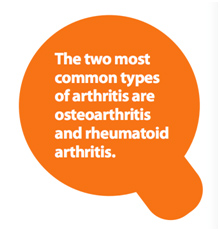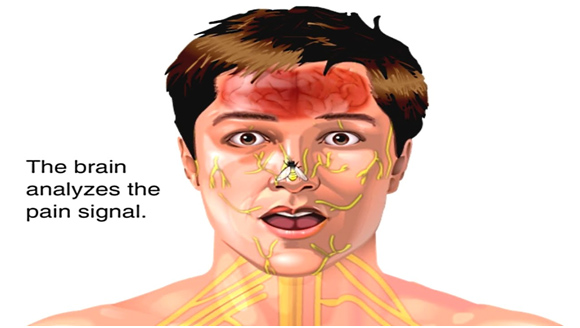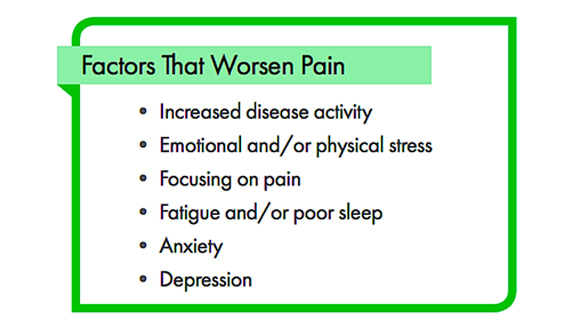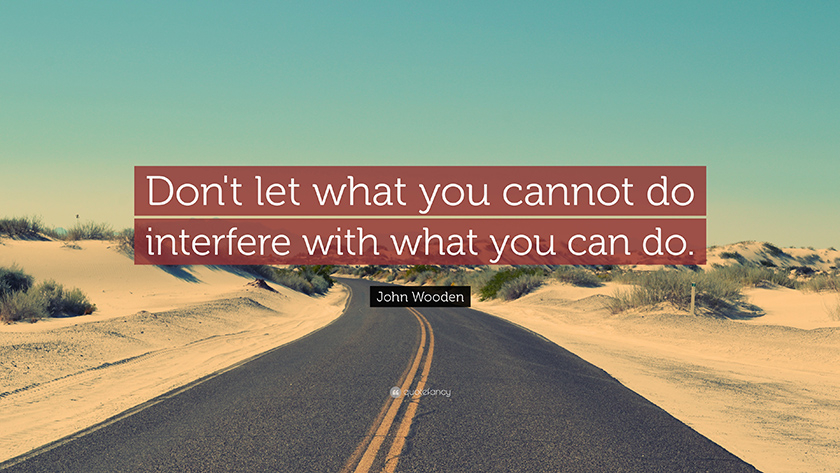Taking Control of Your Arthritis Pain
Most of us know that Arthritis literally means inflammation of the joints. Although, joint inflammation is just a sign or a symptom rather than a specific diagnosis, Arthritis is a term used by doctors to describe a group of conditions affecting the joints. The two most common types of arthritis are Rheumatoid Arthritis and Osteoarthritis.
Everyone’s Pain is Different
 Just as there are different types of arthritis, there are also different types of pain. Pain characteristics may vary from one person to another, and your own pain may also be different from day to day or may affect different joints or body parts on any given day.
Just as there are different types of arthritis, there are also different types of pain. Pain characteristics may vary from one person to another, and your own pain may also be different from day to day or may affect different joints or body parts on any given day.
How Your Body Makes Arthritis Pain
The first indication that you maybe developing arthritis is joint pain. Pain, as well as inflammation is the body’s way of saying, “Help!” These two reactions are part of your body’s alarm system – they tell you that something is wrong. When your body is battling arthritis or some sort of injury or trauma, the nerves release chemical signal to the brain. The brain, in turn, recognizes these signals as pain.
Knowing these chemical rea ctions and body processes, we can summarize that:
ctions and body processes, we can summarize that:
Pain from arthritis can be due to:
- Damage to the joint tissues
- Pressure on the nerves surrounding the affected joints due to inflammation
Aside from these, fatigue and stress can add to the pain caused by the physical changes brought by arthritis. Other factors that can make your pain worse are as follows:
Now that we discovered that the brain plays an important role in how you feel about pain, it is important to keep in mind that pain can also be managed by thinking pain as a signal that may be changed by taking positive actions.
 Changing Your Reaction To Pain
Changing Your Reaction To Pain
The body can stop or limit the pain by creating chemicals called ‘endorphins’. These chemicals help block pain signals traveling through the nerves. Factors like ‘happy’ thoughts and emotions can cause the body to produce these chemicals.
For example, a man who had a broken arm from car accident may not feel the pain if sees his kid was safe after the car accident. This is because his concern for his child caused the natural release of ‘endorphins’, which blocked the pain signals and prevented him from noticing his own pain.
The mind plays an important role in how you feel. Here are some tips to build a sense of personal control to lessen your pain by adjusting your thoughts and actions:
- KEEP A POSITIVE ATTITUDE
Arthritis may prevent you and limit some of the things that you can do like running or jogging, but it doesn’t have to control your life. John Wooden once said, “Don’t let what you cannot do interfere with what you can do.”

- DON’T DWELL ON YOUR PAIN
Do often think about your pain? The amount of time you spend thinking about your pain has an effect to your pain and the discomfort you feel. Some people say that the more often they dwell on their pain, the worse they feel it. So, take your mind off your pain and do some enjoyable activity like a hobby. It might be reading or making a crochet. It is all up to you!
- CREATE A PAIN MANAGEMENT PLAN
It is easy to slip into the habit of taking a pain medication and resort to sleep until the pain goes away. Others even rely on unhealthy ways of pain management such as drinking alcohol to stop escape pain. However, alcohol (as well as smoking) even worsens the pain!
Our suggestion is to try something positive in place of an old bad habit. There are a lot of ways to manage your pain. If you have no idea where and how to start, work with our health care team and we can create a pain management plan together that can help you stop the pain.
Reference:
Kamhi, E., Zampieron, E. R., & Zampierson, E. R. (2006). Arthritis: Reverse underlying causes of arthritis with clinically proven alternative therapies with clinically proven alternative therapies (2nd ed.). Berkeley, CA: Ten Speed Press.
Retrieved January 13, 2017, from https://www.arthritis.org/Documents/Toolkits/Better-Living-Toolkit/Managing-Your-Pain.pdf
Null, G. (2004). 7 steps to overcoming arthritis and back pain. New York: Simon & Schuster (Trade Division).
Lorig, K., & Fries, J. F. (2006). The arthritis helpbook: A tested self-management program for coping with arthritis and fibromyalgia (6th ed.). Cambridge, MA: Da Capo Lifelong.
